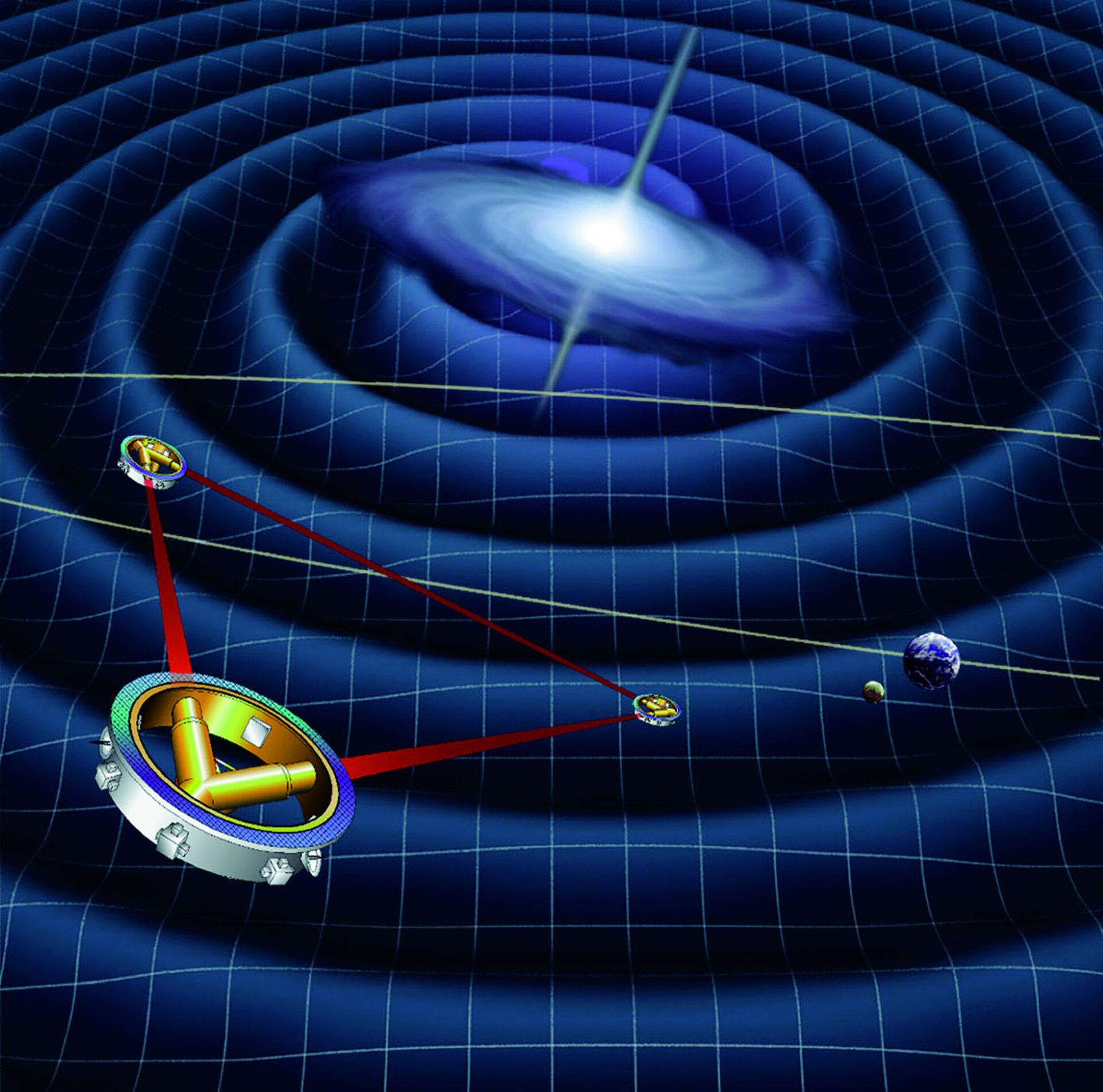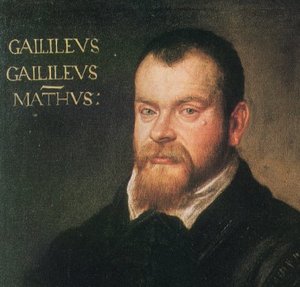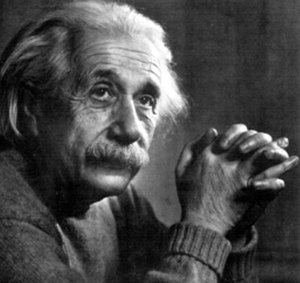LISA in new light: success in laser development
The joint ESA/NASA Laser Interferometer Space Antenna (LISA) mission will require lasers with extraordinary frequency and power stability. A European team, led by ESA, has now demonstrated a prototype laser that satisfies the requirements of the mission.
The LISA mission, to be launched around 2014, is designed to detect gravitational waves, the existence of which was first proposed by Einstein in the early twentieth century. The aim is to use laser light to measure the tiny distance variations that a passing gravitational wave will induce between separated masses.
To do this, LISA consists of a triangular constellation of three spacecraft, positioned five million kilometres from one another. This LISA ‘laser interferometer’ will have to detect relative displacements over these enormous distances with an accuracy of less than a tenth of an atom’s diameter.
This unprecedented task translates into extraordinary requirements on the performance of the laser system. In particular, the laser’s central frequency and output power must be kept almost perfectly constant – one of the biggest challenges in terms of laser and electronic engineering.
LISA’s measured quantity, the variation of the ‘phase’ of a laser signal exchanged between each pair of the three spacecraft, is affected equally by the relative change in distance between the spacecraft and a relative change in the laser frequency.
Any fluctuation (‘noise’) in the laser frequency will appear as a displacement that has not actually occurred. So, to detect the tiny distance changes induced by a gravitational wave, the laser frequency noise must be reduced to a level where it does not rival changes due to real movement.
Together with ESA’s Opto-Electronics Section, a team of European companies (Astrium GmbH, Innolight GmbH and Contraves Space AG) in collaboration with the Max-Planck-Institute for Gravitational Physics in Hannover have now demonstrated, in a laboratory environment, the possibility of achieving these tough LISA specifications.
The frequency noise of the prototype laser developed by the consortium was stabilised to within three millionths of a millionth of the fundamental frequency (300 TeraHz) over a timescale of 1000 seconds. The other very stringent requirement on the laser performance concerns the output power, which was stabilised to within 0.3% over 1000 seconds.
Einstein could not have hoped that his prediction would be experimentally verified in the foreseeable future. The technological means to reach the extreme measurement precision required were far beyond any thinking at that time. It is with the stunning progress of laser technology and optical metrology over the past two decades that this test of general relativity is now becoming feasible.
For more information:
Alberto Gianolio, ESA LISA Project Manager
E-mail: alberto.gianolio @ esa.int
Oliver Jennrich, ESA LISA Project Scientist
E-mail: oliver.jennrich @ esa.int






